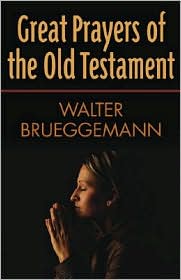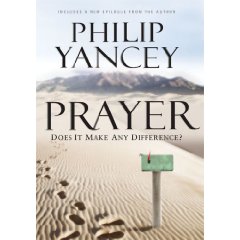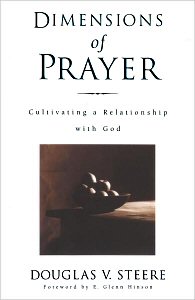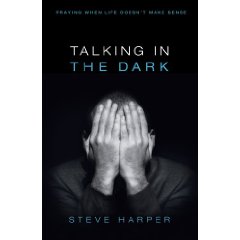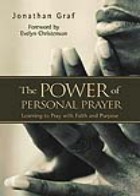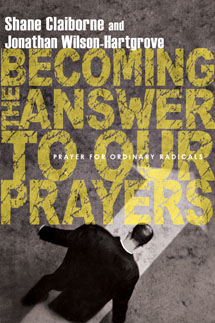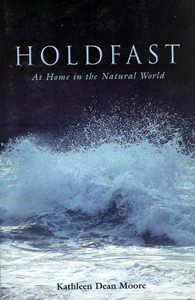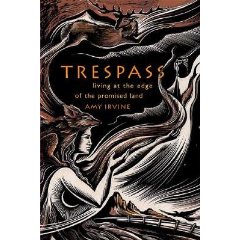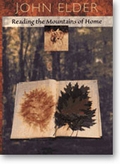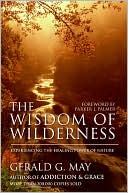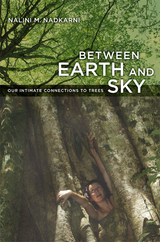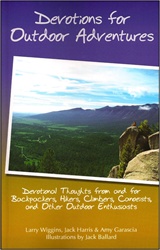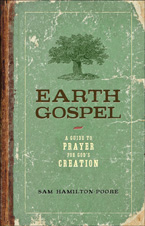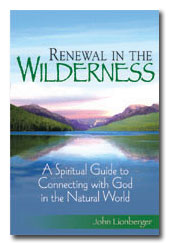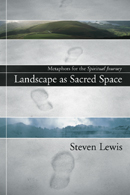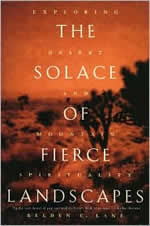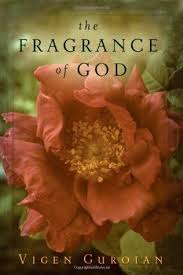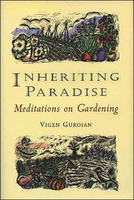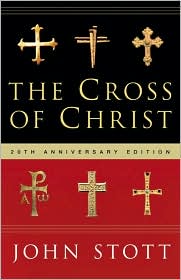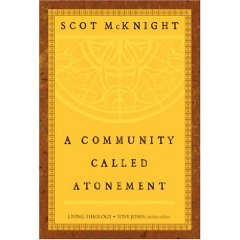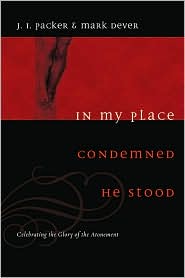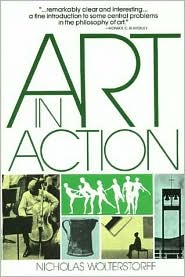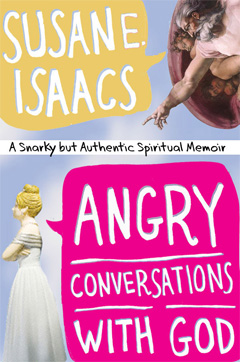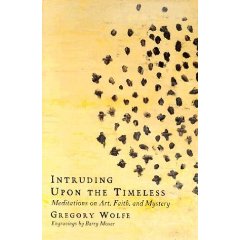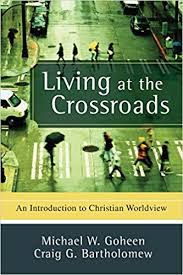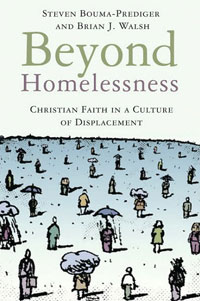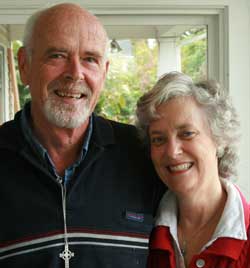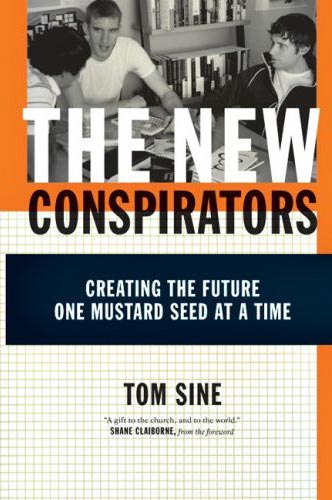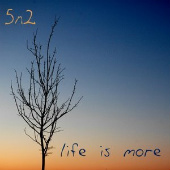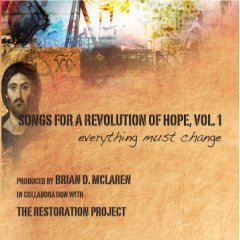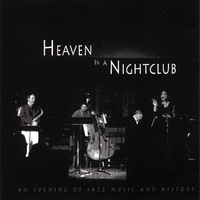Sometimes we develop a large bibliography, describing books for a certain customer. Even those we select things specifically for those needs in that setting, we sometimes feel like others might like to see our suggestions. In this case, a person who helps college student who are doing short term mission stuff wanted resources that could help shape the habits of heart that would help these students care for justice, have empathy for and insights into the lives of the poor, and become more Christ-like servants of their needy neighbors. It is a wide ranging list, and I hope somebody out there finds it useful. It would be fabulous if this list were circulated around amongst those who care–or ought to care–about such concerns. And, to be honest, we desire to make a living selling these kinds of books. Just yesterday we got a very earnest call from a sales rep selling Christian toothbrushes. Some days we don’t know whether to laugh or cry, knowing what religion has become for so in this religious goods business. Sadly, I suspect he has sold more of his peculiar wares than we will of ours. So, check this out, pass it on, order from us if you can. Together, we can learn and grow into people who care, and learn to serve. Thanks.
The Little Book of Biblical Justice Chris Marshall (Good Books) $4.95 There is so much great stuff on the Biblical themes of justice (and Ron Sider’s Rich Christians in an Age of Hunger still ranks amongst my all time favorites, and surely one of the most important books of our time.) Still, this is simple, clear, short, and inexpensive, written by a renowned Biblical scholar. Excellent Scriptural foundation.
Reading the Bible With the Damned Bob Eckblad (Eerdmans) $19.95 This is a spectacularly interesting account of reading the Bible (literally) with the poor, the homeless, and those on death row. This encounter with “the damned” helps us see the central message of the Bible, God’s love for us in our brokenness, and how Christ’s Kingdom is bringing a new vision of inclusion, outreach and care. I’m not sure you could assign the whole thing, but parts might be really useful… The sequel that he wrote spells out more of the values of God’s reign and, again, could be very helpful. It is called A New Christian Manifesto: Pledging Allegiance to the Kingdom of God (Eerdmans; $19.95.) Some of this could be very, very useful in helping students understand the broadest themes of God’s concern for those who are marginalized or hurting.
Deep Justice in a Broken World: Helping Your Kids Serve Others and Right the Wrongs Around Them Chap Clark & Kara Powell (Zondervan/youth specialties) $18.99 An absolutely fabulous collection of articles and pieces designed for those who are serious about teaching youth about service, missions, justice, the wholistic nature of God’s work, and the call to be agents of social change. A must-have resource with contributions from Tony Campolo, Jim Wallis, Shane Claiborne, John Perkins, and many more!
Deep Justice Journeys: Moving From Mission Trips to Missional Living Kara Powell & Brad Griffin (Zondervan/youth specialties) $9.99 This student journal is designed for those who want to make a difference, for those doing service projects of some sort, and who want to harness their compassion and idealism into a long-term commitment to missional lifestyles. Creative, fun, provocative exercises, reflection questions and guides to further thinking. Arranged in a “before, during, and after” format, with short readings and great discussion pieces for each experience. Very, very good.
The Justice Project edited by Brian McLaren, Elisa Padilla & Ashley Bunting Seeber (Baker) $21.99 This soon-to-be-released book looks to be an absolutely stunning collection (I know some of the contributors, and count a few as dear friends.) This will become “the” go-to book for those who need serious studies of the call to think faithfully about justice ministries. Sections include essays on God and justice, justice in the Bible, in the US, in the greater world, and in the church. Over 30 brief articles. Due in Fall 2009.
Reconciling All Things: A Christian Vision for Justice, Peace & Healing Emmanuel Katongole & Chris Rice (IVP) $15.00 Again, there are many great books on the need for a vision of shalom, reconciliation and peace with justice, but this collection of short pieces from the new Center for Reconciliation at Duke Divinity School is excellent. Katongole is an African bishop (who has written about Rhwanda and Rice is known for books he has written about race.)
Hope Lives: A Journey of Restoration Amber Van Schooneveld (Group) $12.99 This is a great, great resource, handsome, insightful, full of teaching about poverty and compassion, some journalling pages, discussion stuff and moving graphics and pictures. A five-week journey, with 25 daily readings and reflection opportunities; a few of the lessons are exactly what you’ve asked about. Done in cooperation with Compassion International.
Crazy Enough to Care: Changing Your World Through Compassion, Justice, and Racial Reconciliation Alvin C. Bibbs (IVP) $16.00 Nothing confronts a person’s faith quite like injustice, pain, suffering. Where do we begin to live out our faith in service? This collection of brief essays and discussion questions and Bible studies is one of the best handbooks and resource guides for discussions on compassion and justice. Very practical and really useful for small groups.
Mission Trips That Matter: Embodied Faith for the Sake of the World Don C. Richter (Upper Room) $15.00 I believe we stock nearly every book on short term missions that we know of, but this may be most useful for you as it is less about planning, getting shots, and learning to serve appropriately, but more on the inner journey of those who reach out, Biblical stuff for those on trips, activities and reflections and other stuff which offers ways to best understand the spirituality of these kinds of opportunities to serve.
Missio Dei: Students Talk About Service James R. Krabill & Stuart Showalter (Mennonite Mission Network) $3.95 This small booklet is a collection of great stories of college students who have done short term missions, service projects, work camps and the like. Brief stories and testimonials and reflections on how these experiences have shaped them. Nothing like it in print!
Simple Spirituality: Learning to See God in a Broken World Chris Heuertz (IVP) $15.00 Do you know the wholistic mission movement, Word Made Flesh? Chris is their founder, and this is a spiritual journey into the heart of service, the stuff that is learned–humility, service, and such. Excellent overview of the call to justice, tons of moving stories, and great insights about how these encounters with others effects our discipleship.
Hearing the Call Across Traditions: Readings on Faith & Service edited by Adam Davis (Skylight Paths) $29.99 This is a wonderful hardback published by a well-known inter-faith publisher; with a forward by the progressive Islamic activist Eboo Patel, it is a very up-to-date, new voice. A collection of voices, actually, old and new; from Cesar Chavez and Dorothy Day to Thich Nhat Hanh and the Dali Lami; from Abraham Lincoln to Flannery O’Conner, Abraham Heschel to Gandhi. Many religious leaders are excerpted making it a lovely resource
Learning from the Stranger: Christian Faith and Cultural Diversity D
avid I. Smith (Eerdmans) $20.00 David is well known in Christian college circles for his helpful workshops on helping teachers integrate faith and learning, and for his philosophizing on how to create Biblically-shaped educational efforts. His own scholarly work is on Christian views of foreign language learning (he teaches German at Calvin College) and is the director of a thinking that helps Christian teachers. Here, he offers a calm discussion of what culture is, why it is pertinent for today’s college students, and why we need humility and hospitality in our personal interactions with those who are different than ourselves. And excellent, foundational guide to thinking about our culturally interconnected world. Very, very thoughtful, rooted in a mature Christian worldview.
Cultural Intelligence: Improving your CQ to Engage Our Multicultural World David Livermore (Baker) $17.99 Many have heard about “emotional intelligence” but here is a guide (esp for older youth or young adults) on being culturally aware. Whether one is learning to be hospitable in the culturally diverse settings of our modern colleges, or preparing for a mission trip, this is a very insightful guidebook to cultural, ethnic, and religious diversity. Excellent.
Sin Boldly: A Field Guide for Grace Cathleen Falsani (Zondervan) $19.99 This is a beautifully written collection of essays and articles where the other finds God showing up in the strangest of places. From rock songs to mission trips, from finding grace in relationships to see God’s hand amongst refugees, she tells wondrous truths in memoir style. Some chapters would be quite inspiring to your students, I’m sure.
Peppermint-filled Piñatas: Breaking Through Tolerance and Embracing Love Eric Michael Bryant (Zondervan) $12.99 This is an exciting and youthful study of why evangelical Christians should be more embracing of others, how to reach out beyond mere “tolerance” and towards loving our neighbors, different though they may be. Great, great stories, touching insights, great applications, on engaging others beyond boundaries. Fun!
Untamed Hospitality: Welcoming God and Other Strangers Elizabeth Newman (Brazos) $22.99 This is a serious, demanding book—quoting the likes of John Milbank, Alister MacIntyre, and Gerhard Lohfink— and may not be as easily used with students, but I needed to mention it because of it’s brilliant exploration of the themes of hospitality and service within the setting of higher education. Theologically astute, culturally profound, this is a serious and important study about resisting the modern world’s ways which erode Christian virtue of hospitality..
Making Room: Recovering Hospitality as A Christian Tradition Christine Pohl (Eerdmans) $20.00 This book is one of the most important books of the last several decades, and has gotten the gracious practice of hospitality renewed attention. Very, very good, and so important! We’ve got other great books on this theme, some perhaps even more practical, but I think this is the very best. A must-read.
Befriending the Stranger Jean Vanier (Eerdmans) $15.00 Vanier started the L’Arche community movement where folks share lives with the mentally challenged; famous spiritual writer Henri Nouwen joined such a community before he died. Here, the lovely and gentle Vanier reflects on building community and how to be compassionate to others and ourselves. See also his brand new book, part of the Duke Reconciliation project, Living Gently in a Violent World (IVP; $15.00) co-written with Stanley Hauerwas.
The Selfless Way of Christ: Downward Mobility and the Spiritual Life Henri Nouwen (Orbis) $18.00 This small hardback is a collection of magazine articles first done in the 80s in Sojourners. What gentle and prophetic wisdom, reminding us of the virtues of saying no to fame and power and success, and embracing servanthood, humility and compassion. The world lures us to “upward mobility” and the call of Christ is to “a self-emptied heart.”
Compassion: Thoughts on Cultivating a Good Heart compiled by Amy Lyles Wilson (Fresh Air Books) $12.00 This is a small hand-sized, square book, produced with a modern and hip feel. Yet, it is to be read slowly and deeply as these short essays are all about the various ways a more compassionate life honors God and our truest selves. Very thoughtful, appealing, useful as we enhance our capacity to care.
Compassion: A Reflection on the Christian Life Henri Nouwen, Donald McNeill, and Douglas Morrison (Image) $10.95 A true classic of grace and care, this deeply spiritual reflection could be used with anyone going to mission projects, doing service work, or just wanting to experience the power of God’s care as we care for others. Rich, wise, thoughtful…
Improving Your Serve: The Art of Unselfish Living Charles Swindoll (Word) $13.99 This isn’t on missions or engagement with the poor but a wonderful, basic book on being a servant to others. The most thorough book on the topic I’ve seen!
Be Last: Descending to Greatness Jeremy Kingsley (Tyndale) $12.99 Pretty standard fare evangelical inspiration, noting that humility + service = greatness. Energetic and exciting, he shows how to more faithfully follow Jesus by having a servant’s attitude.
Radical Compassion: Finding Christ in the Heart of the Poor Gary Smith (Loyola Press) $17.95 This radical Jesuit priest has followed his calling to serve the poor in inner city Portland, and his journal is insightful and powerful. Showing love amidst despair, this honest study is extraordinary…
The Twenty Piece Shuffle: Why the Poor and Rich Need Each Other Greg Paul (Cook) $13.99 A seasoned and poetic urban activist (from Toronto), Paul writes passionately, creatively, and frankly. One of the most urgent books about urban service I’ve yet seen, it is very moving. Highly recommended! His earlier book God in the Alley (Multnomah; $12.99) is a bit safer, less edgy, but shows how we can be Christ to others, and how others can be Christ to us. Again, highly recommended.
Touch: Pressing Against the Wounds of a Broken World Rudy Rasmus (Nelson) $14.99 This is a powerful collection of stories from the renowned African American church in Houston, Rudy’s life, his response to God’s grace and his passion to touch others with God’s love.
New Neighbor: An Invitation to Join Beloved Community Leroy Barber (Mission Year) $14.99 We are one of the few bookstores stocking this marvelous collection of very short pieces alongside stunning full-color photography of folks reaching out to be good neighbors. What insight, some of it so poetic, artfully presented as the story moves from needs observed to gifts offered, injustices observed and restoration seen. Where is community? Here! What a marvelous, marvelous hand-sized book, and spectacular resource about service, care, friendship, justice and the formation of what King called “the beloved community.”
When Helping Hurts: How to Alleviate Poverty Without Hurting the Poor…and Yourself Steve Corbett & Brian Fikkert (Moody) $14.99 There are many great books offering strategies for urban ministry and many also on public policy, the pros and cons of welfare, etc, etc. Respected scholar and activist Amy Sherman writes, “I can honestly report that this is the single best book I’ve seen on this topic.” The chapter called “short term missions (without
doing long term harm)” is very good for those who design such experiences and could be helpful as you think through guiding students into service projects. Done in cooperation with the Chalmers Center for Economic Development at Covenant College, Chattanooga, TN. Outstanding.
The Spirit of Service: Exploring Faith, Service, and Social Justice in Higher Education Brian Johnson & Carolyn O’Grady (Anker Publishing) $40.00 Not sure if you need anything like this, but while I’m listing great titles, I thought I should note this important scholarly text on service learning and such. Pretty interesting.
Commitment and Connection: Service-Learning and Christian Higher Education Claudia Beversluis & Gail Gunst Heffner (University Press of America) $58.00 It is rare I get to say that there is absolutely nothing like this in print; what a great need this extraordinary work has filled. This is the work of one of the most important voices in the country for academically-based service learning, a resource that goes discipline by discipline, showing how an experiential and service-oriented vision can enhance learning in that arena, and focus the Christian scholarship in that field for greater human flourishing and social justice. I cannot recommend this more highly for anyone serious about service, learning, the integration of faith and higher education, or anyone seeking a more creative vision for service projects and thoughtful missional living. Kudos to Calvin College in Michigan for making such a major contribution to the field. A must for every church-related or faith-based institution of higher learning.
10% off
any title mentioned
order on line
www.heartsandmindsbooks.com
or call
717.246.3333
It would be our pleasure to serve you.
Hearts & Minds 234 East Main Street Dallastown PA 17313 USA 717.246.3333

